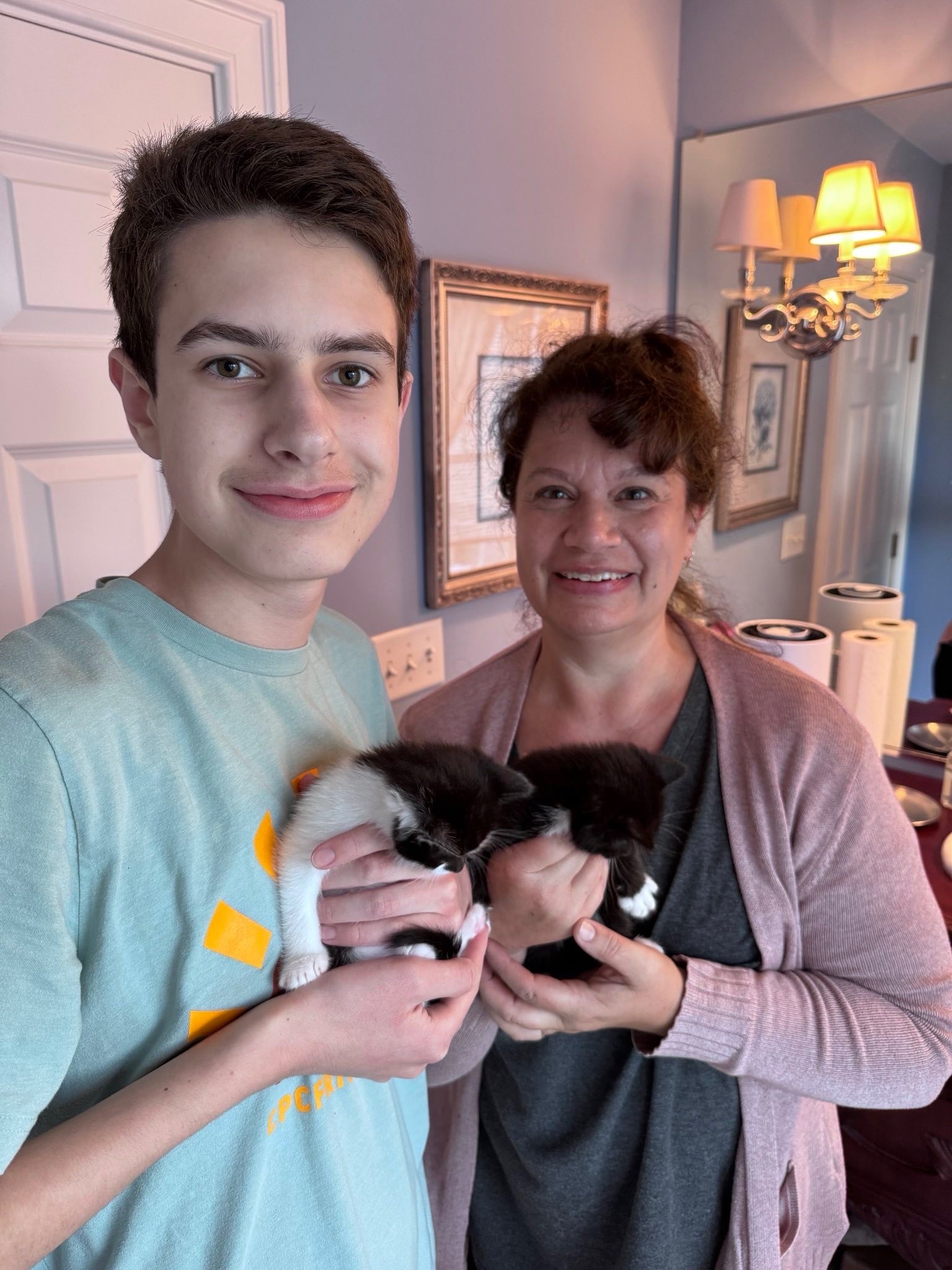Feral Cats
Feral Affairs Network (FAN) is a team of feline champions working to create a community that supports and cares for their feral cat populations in the Hampton Roads region of Southeastern Virginia. In 2024, FAN and SHS partnered together to rescue more than 150 cats and kittens from properties across Suffolk, Virginia.









